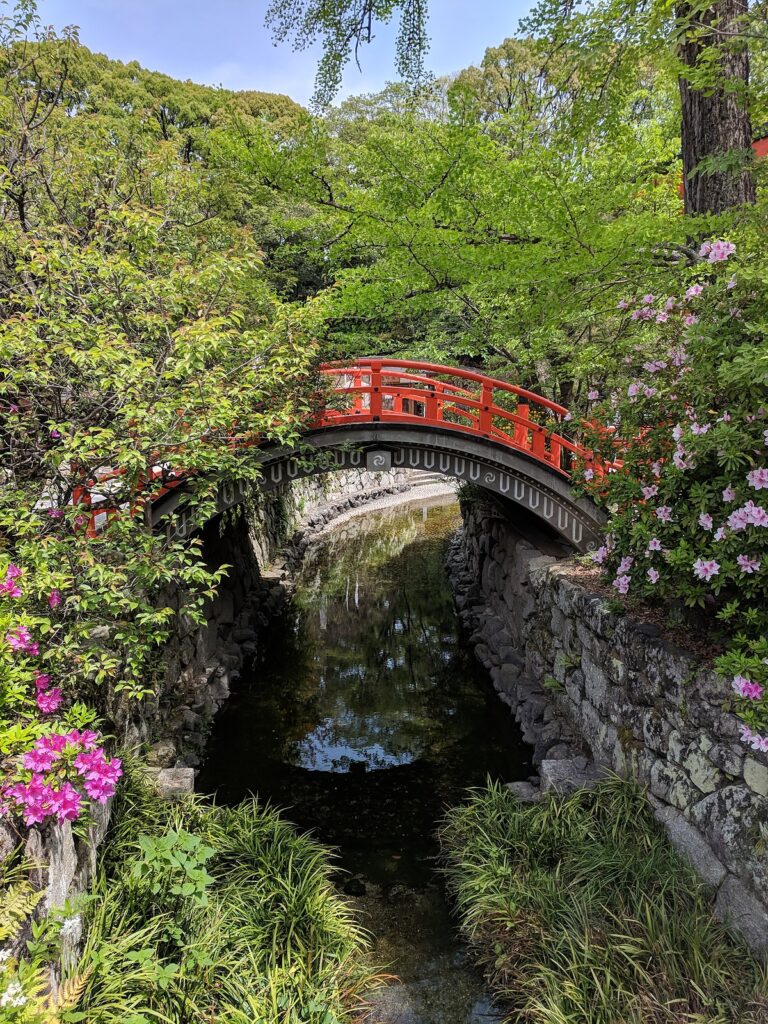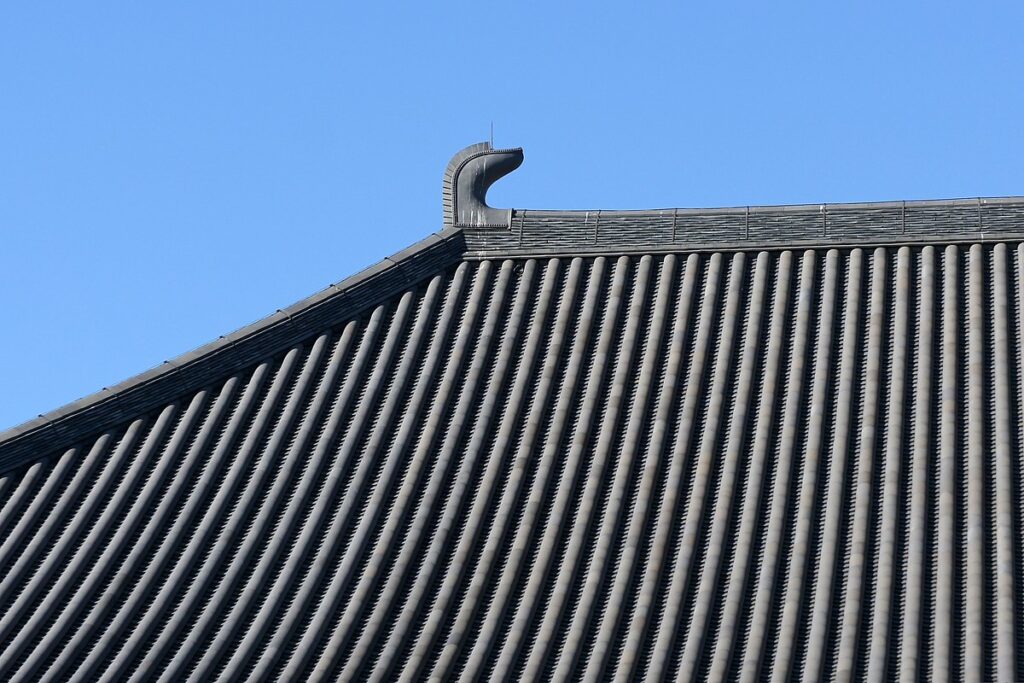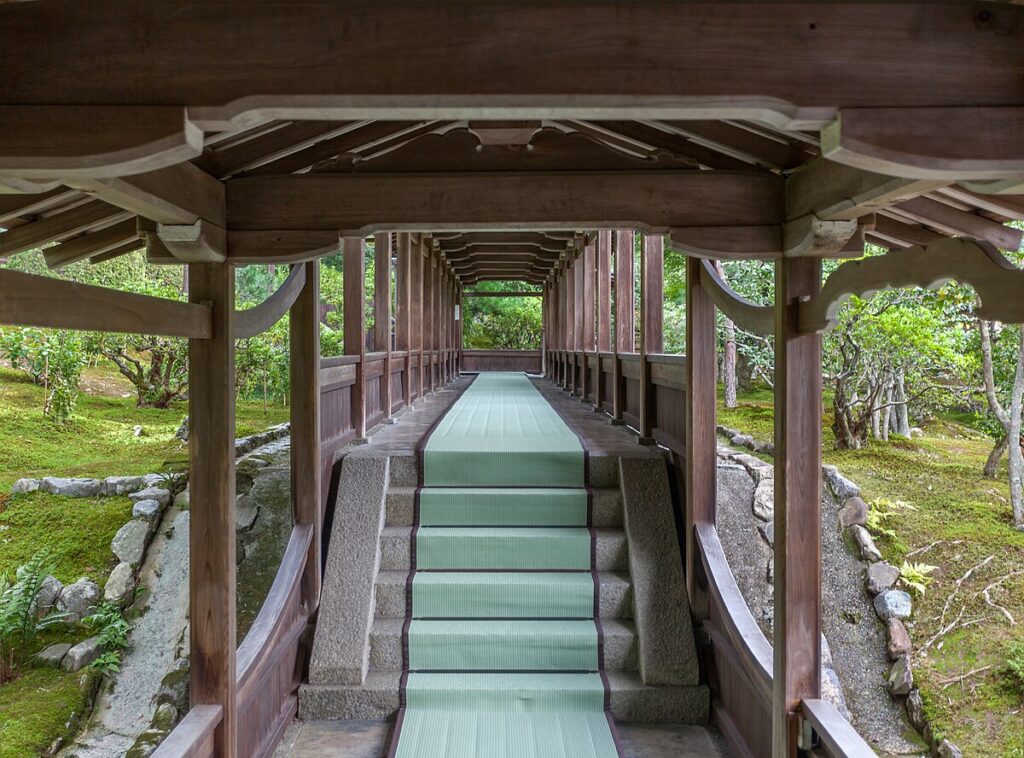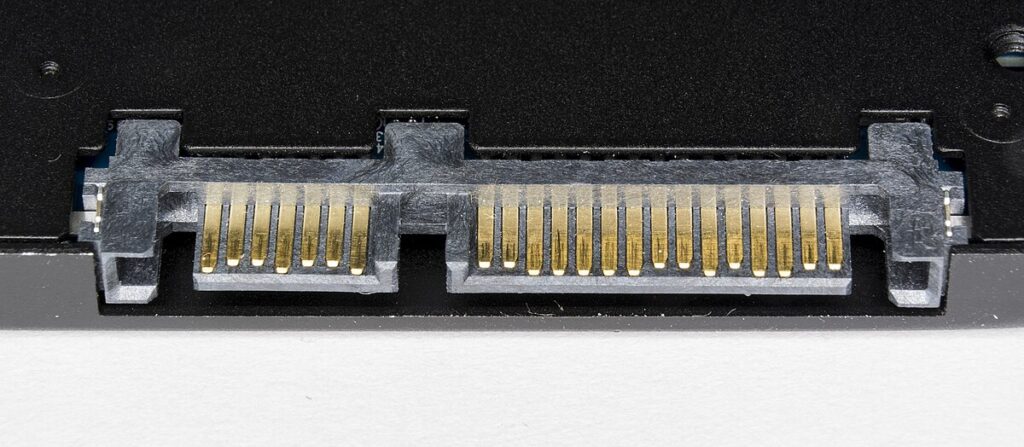Tourist attractions--archive--
-

Cape Shionomisaki (Kushimoto Town, Wakayama Prefecture)
Overview (History, Features, and Attractions) Cape Shionomisaki is the southernmost cape on Honshu, located in Kushimoto Town, Higashimuro District, Wakayama Prefecture. Since the construction of a lighthouse and navigational markers during the Meiji period, it has played a key role at sea. It boasts cliffs offering panoramic views of the Pacific Ocean, a monument on the cape, and the Shionomisaki Lighthouse, as well as a wealth of information on the warm and black currents... -

Shimogamo Shrine (Sakyo Ward, Kyoto City, Kyoto Prefecture)
Overview (History, Features, and Attractions) Shimogamo Shrine (officially Kamo Mioya Shrine) is an ancient shrine located in Kyoto City's Sakyo Ward, and is one of the oldest shrines in the city. It enshrines the guardian deity of the Kamo clan and has long been revered as the center of protection and religious ceremonies for the capital. It is surrounded by a vast evergreen forest known as Tadasu-no-Mori... -

Onuma Park (Nanae Town, Kameda District, Hokkaido)
■ Overview (History, Features, and Attractions) Onuma Park (Nanae Town, Kameda District, Hokkaido) is a scenic park dotted with lakes and small islands at the foot of Mount Komagatake. It is said to have been formed by changes in the topography caused by the eruption and volcanic activity of Mount Komagatake during the Edo period. Large and small islands, the grassy lakeside, and the majestic Mount Komagatake are interwoven... -

Nagoya Castle Ruins (Karatsu City, Saga Prefecture)
Nagoya Castle Ruins (Karatsu City, Saga Prefecture) Overview (History, Features, and Attractions) Nagoya Castle Ruins is the site of a castle built by Toyotomi Hideyoshi as a base for his invasion of Korea (the Bunroku-Keicho War, 1592-1598). Stone walls, earthen platforms for enclosures, and moat remains remain, along with the remains of many feudal lord camps and military bases from that time. -

Fuji-Q Highland (Fujiyoshida City, Yamanashi Prefecture)
Overview (History, Features, and Attractions) Fuji-Q Highland (Fujiyoshida City, Yamanashi Prefecture) is a large amusement park located at the foot of Mount Fuji. It is known for its thrilling roller coasters, family areas, events, and seasonal events. Since 1996, it has introduced a series of large coasters, and has become known as "High... -

Toshodaiji Temple (Nara City, Nara Prefecture)
Overview (History, Features, and Attractions) Toshodaiji Temple, located in Nara City, is one of the ancient temples representative of the Tenpyo culture. It was founded by the monk Ganjin. Ganjin was a high priest who came from China (Tang Dynasty) and introduced the Ritsu sect of Buddhism to Japan. He was born in 759 as a Toshodaiji... -

Fuji Safari Park (Susono City, Shizuoka Prefecture)
Overview (History, Features, and Attractions) Fuji Safari Park is a large safari park located in Susono City, Shizuoka Prefecture. Taking advantage of its location at the foot of Mount Fuji, the park offers a natural environment where visitors can observe a wide variety of animals up close. Since its opening in the Showa period, the park has been home to a "drive-through" tour, where visitors can tour the park from their own car. -

Tenryu-ji Temple (Ukyo Ward, Kyoto City, Kyoto Prefecture)
Tenryuji Temple (Ukyo Ward, Kyoto City, Kyoto Prefecture) Overview (History, Features, and Attractions) Tenryuji Temple is the head temple of the Tenryuji branch of the Rinzai sect of Buddhism, founded in 1339 (Ryakuo 2) during the Muromachi period. It was built by Ashikaga Takauji to console the spirit of Emperor Godaigo. It is also registered as a component of the World Heritage Site "Historic Monuments of Ancient Kyoto.". -

Cape Sata (Minamiosumi Town, Kagoshima Prefecture)
Overview (History, Features, Attractions) Cape Sata is a cape located in Minami-Osumi Town, Kimotsuki District, Kagoshima Prefecture, and is known as the southernmost point on the Kyushu mainland (the mainland consisting of Honshu, Shikoku, and Kyushu). Its cliffs jutting out into the Pacific Ocean and expansive ocean views are captivating, and the tip of the cape is home to a monument, observation deck, and strolling area. -

Shinhotaka Ropeway (Takayama City, Gifu Prefecture)
Overview (History, Features, and Attractions) The Shinhotaka Ropeway is a two-stage (two consecutive) ropeway located in the Oku-Hida Onsen area of Takayama City, Gifu Prefecture. Its greatest attraction is its close-up views of the majestic Northern Alps (Hida Mountains).







